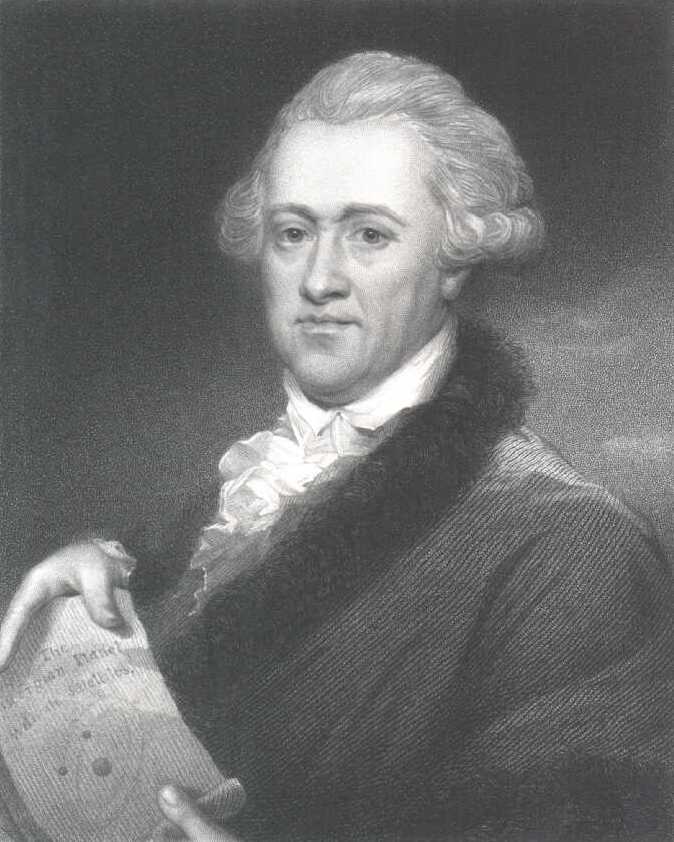Exploring the Mysteries of Uranus – A Comprehensive Overview

Uranus, the enigmatic seventh planet from the Sun, has fascinated astronomers and space enthusiasts since its discovery in 1781. Unraveling the mysteries surrounding this distant ice giant has been a journey marked by discovery, technological advancements, and a quest for understanding the dynamics of our solar system.
Discovered by

- Sir William Herschel
Discovery and Naming
German-born British astronomer Sir William Herschel can be credited with the accidental discovery of Uranus on March 13, 1781. Initially thought to be a comet, further observations confirmed its planetary nature. The name “Uranus,” proposed by astronomer Johann Bode, adheres to the tradition of naming planets after ancient Greek deities. Uranus, the god of the sky, seemed a fitting namesake for this celestial body.
Physical Characteristics
Uranus boasts a distinctive feature – it rotates on its side, with its axis of rotation nearly perpendicular to its orbital plane. This unique tilt is believed to be the result of a significant collision during the planet’s early history. The composition of Uranus is predominantly hydrogen and helium, with traces of methane that contribute to its striking blue-green hue.
Atmosphere and Weather
The atmosphere of Uranus is composed primarily of hydrogen (83%) and helium (15%), with the remaining 2% consisting of methane, water, ammonia, and trace amounts of other compounds. This methane in the atmosphere absorbs red light, giving Uranus its characteristic blue-green color. The planet experiences extreme weather conditions, including fast and sustained winds reaching speeds of up to 560 miles per hour (900 kilometers per hour).
Rings and Moons
Uranus possesses a system of 13 known rings, discovered by the Voyager 2 spacecraft during its historic flyby in 1986. These rings are relatively dark and composed of particles ranging in size from fine dust to larger boulders. The largest rings are Epsilon and Delta. In addition to its rings, Uranus hosts 27 known moons. The five major moons are Miranda, Ariel, Umbriel, Titania, and Oberon, each exhibiting its own unique geological characteristics.
Voyager 2 Mission
The Voyager 2 spacecraft provided crucial data during its flyby of Uranus in 1986, contributing significantly to our understanding of the planet. Detailed images, atmospheric measurements, and insights into the moon’s compositions were among the valuable findings. Despite the success of this mission, Uranus remains largely unexplored, with no follow-up missions currently planned.
Scientific Significance
The study of Uranus is integral to unraveling the mysteries of our solar system’s formation and evolution. Its peculiar rotation, distinct atmosphere, and complex moon system offer a unique perspective on the dynamics that govern planetary bodies. Continued research into Uranus holds the potential to deepen our understanding of planetary processes and the broader cosmos.
Conclusion
In conclusion, Uranus stands as a celestial puzzle waiting to be solved. Its historical discovery, peculiar characteristics, and the limited data obtained through the Voyager 2 mission have only scratched the surface of the mysteries that this ice giant holds. As technology advances, future missions may shed more light on Uranus, further enriching our understanding of the diverse and fascinating worlds that populate our solar system.








